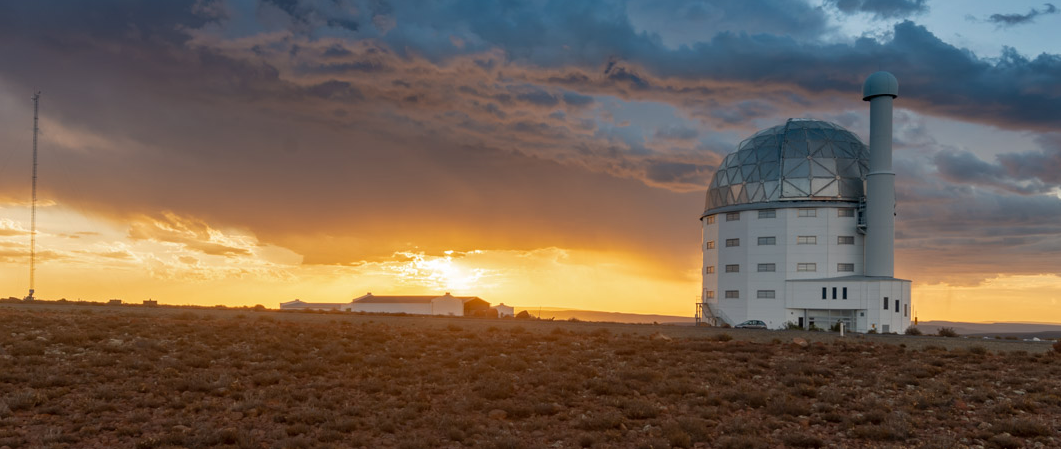Today’s SAAO
Since 1972, SAAO astronomers have benefited from the dark, unpolluted skies of the Karoo, with little to no heavy cloud cover to negatively affect observing. Research has ranged from planetary studies to the nature and life-cycle of stars and galaxies both near and far.
Work on stars whose size and light vary resulted in the International Astronomical Union (IAU) sponsoring a conference on these variable stars in Cape Town in 1995 – the first IAU conference ever to meet in Africa. SAAO researchers have also helped us to understand the centre of our own galaxy, using infrared cameras and detectors to pierce the thick dust clouds that hide the centre from view. The SAAO’s contributions to the study of nearby galaxies made it logical that the first IAU Symposium in Africa, on galaxies in the Local Group, should also meet in Cape Town in 1998.
Cape Town will also host the 32nd General Assembly of the IAU in 2024. This will be the first time in the 105 year history of the IAU that the General Assembly will be held on the African continent. The award recognises the incredible strides that African astronomy has taken in recent years.
New instruments and techniques have kept the telescopes at the SAAO internationally competitive. SAAO now hosts the Southern African Large Telescope (SALT) which was constructed in 2005, has been performing scientific observations since 2011, the largest optical telescope in the southern hemisphere with a maximum diameter of 11 metres.
The SAAO grounds in Cape Town were declared a South African National Heritage Site in 2018, recognising the incredible achievement on the site and their significance over the past two centuries, and will ensure this heritage is preserved. The site has also been recognised by a UNESCO case study as a potential Astronomical World Heritage Site.


